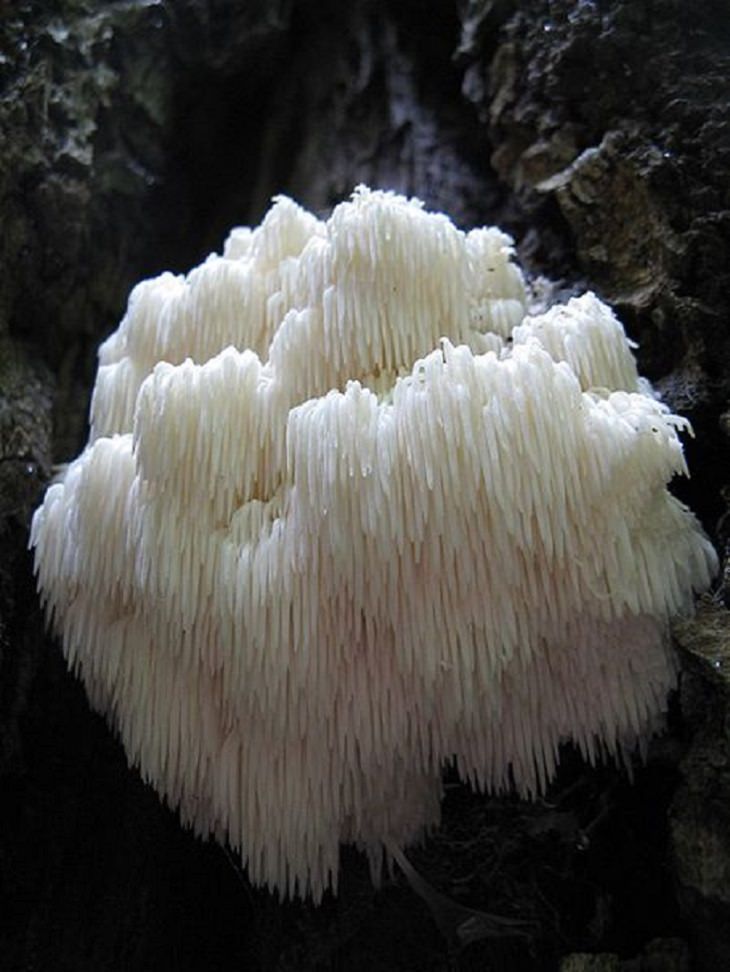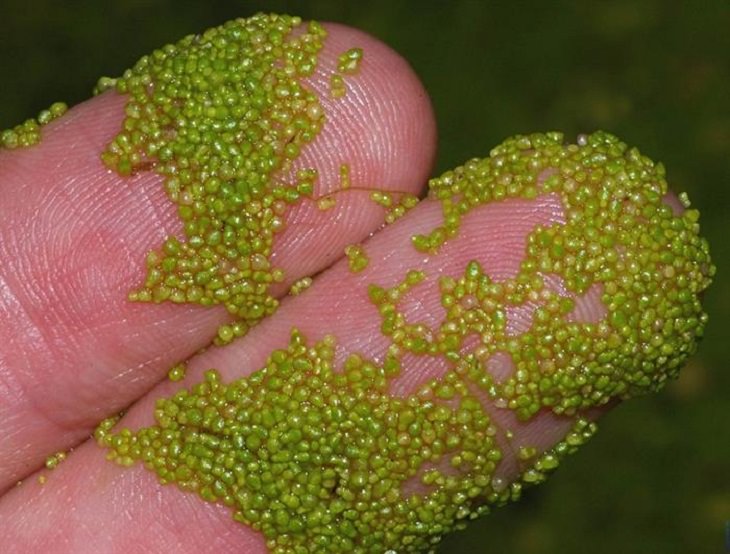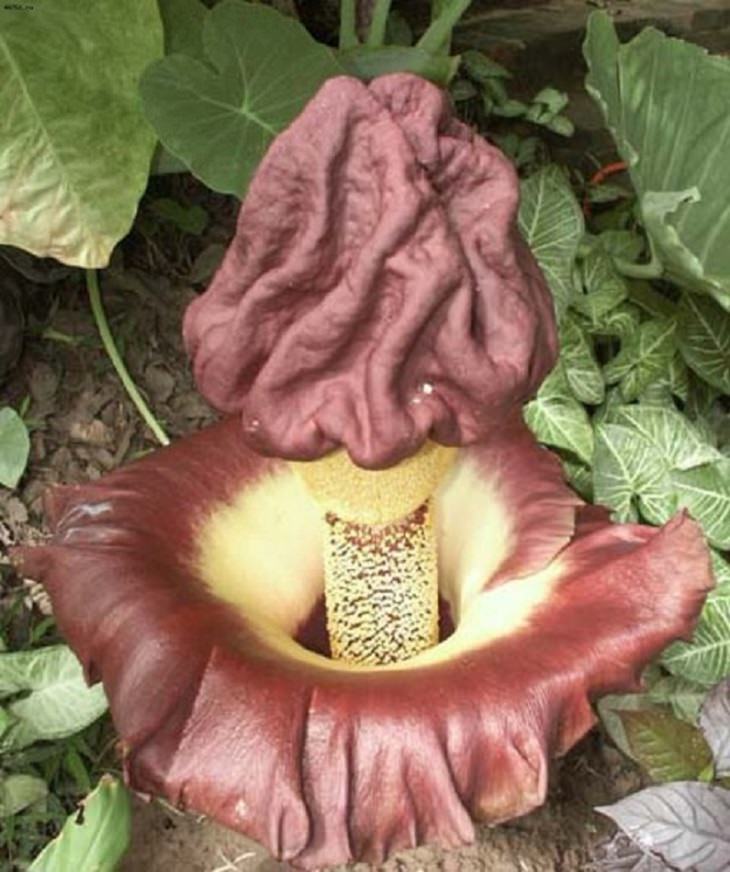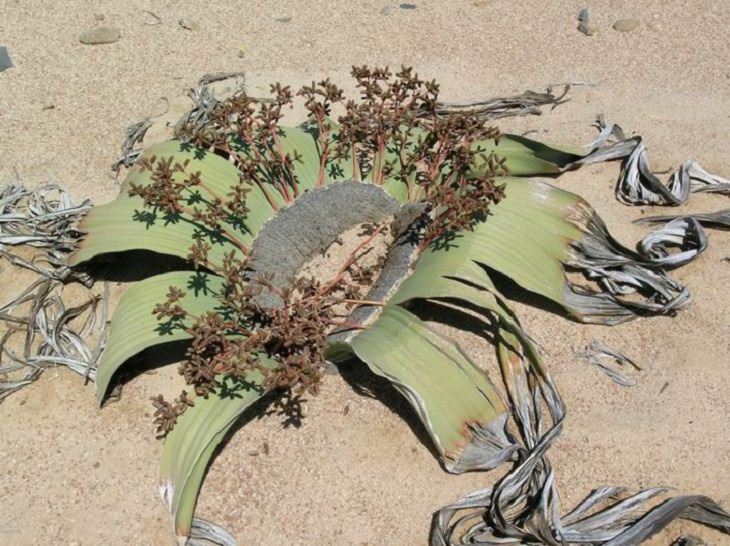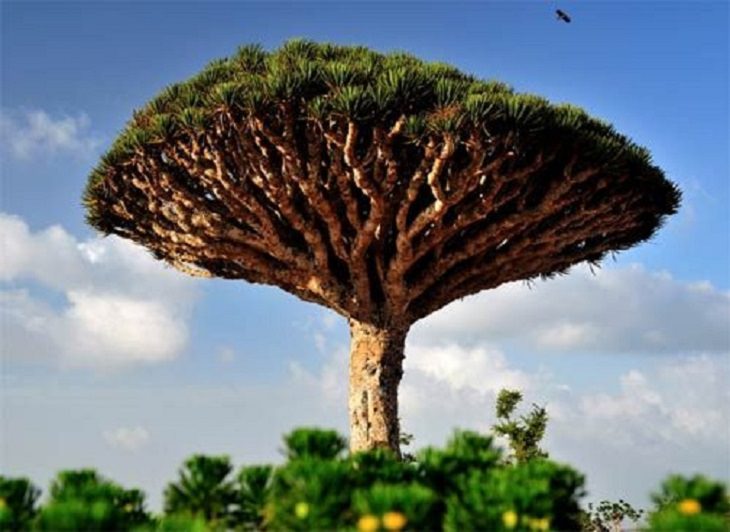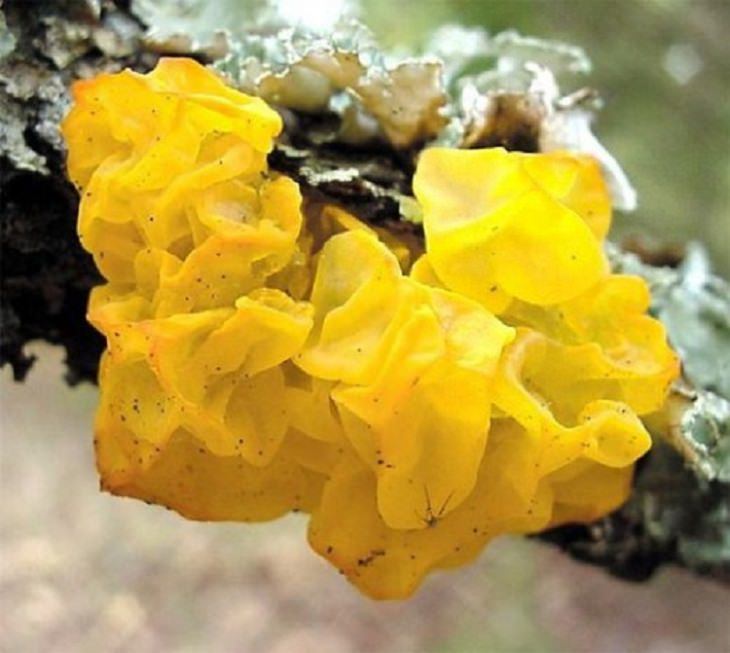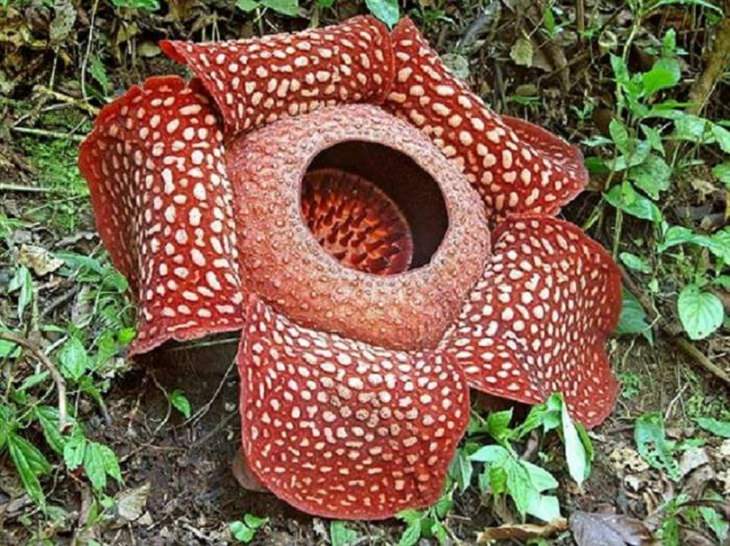
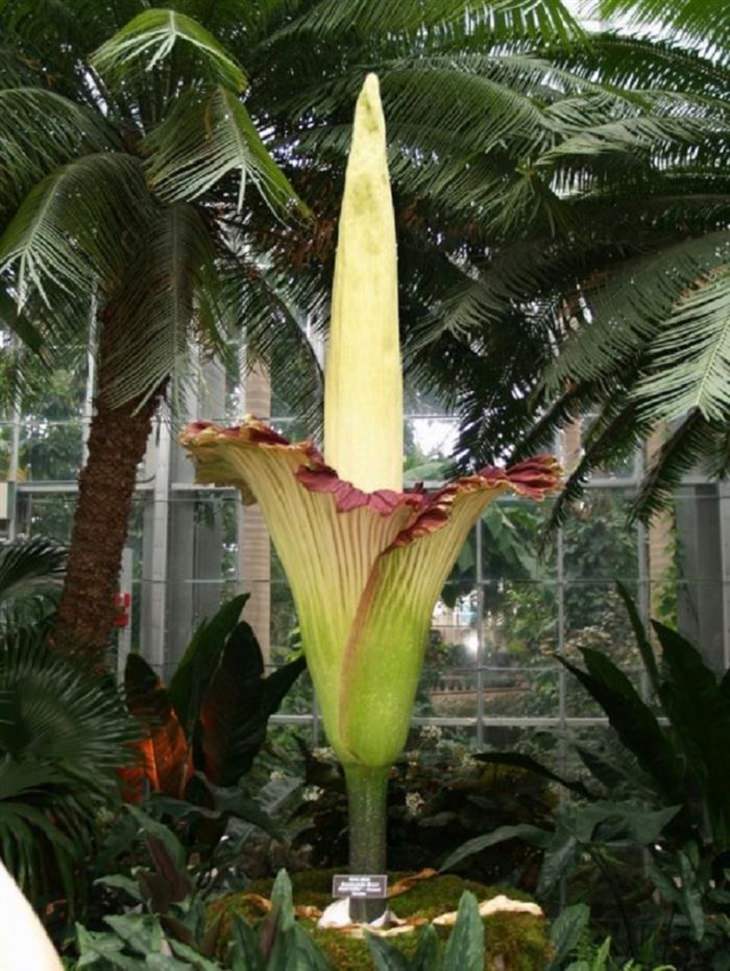
This rare 200-pound plant grows in the forests of Sumatra and is famous for its rotting corpse-like stench. While this plant looks like one giant flower, it’s actually comprised of thousands of small flowers, male and female. Besides its notorious stench, the Corpse Flower is also remarkable for its infrequent blooming cycle. It can take up to 7-10 years for a single bloom to occur, and when it does, the flower only lasts for about 24-48 hours before wilting.
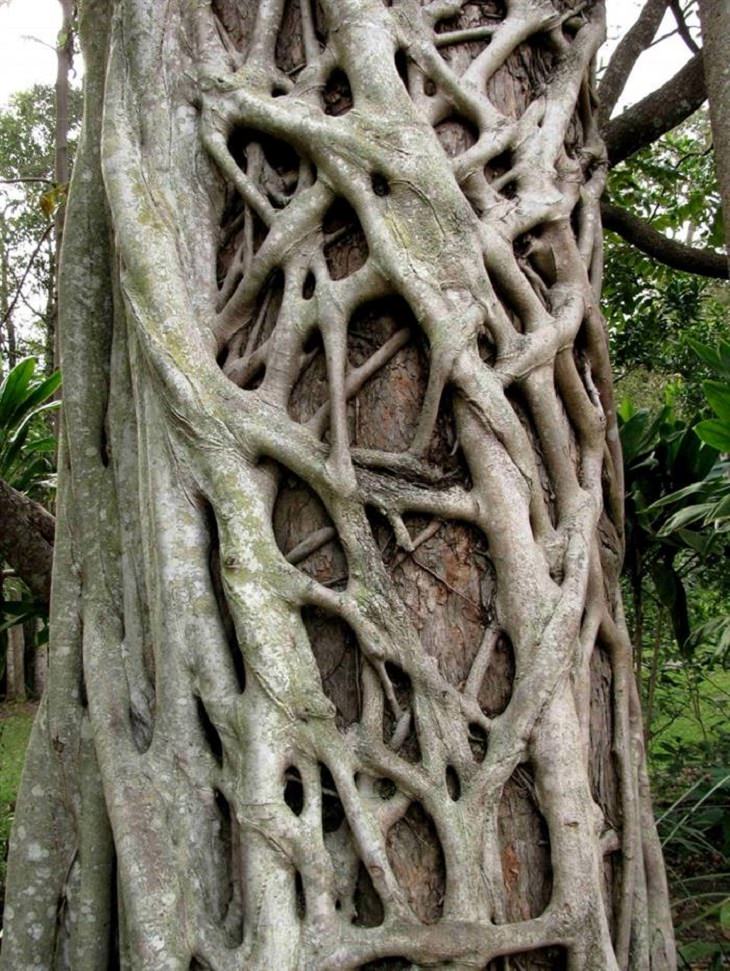
This is a killer tree that grows up and down other trees, choking them of sunlight and stealing their nutrients. The host tree often dies and the strangler remains with a hollow center. Strangler figs have a unique relationship with their environment, serving as keystone species in tropical forests. They provide a critical food source for a variety of animals, especially during times when other food sources are scarce.
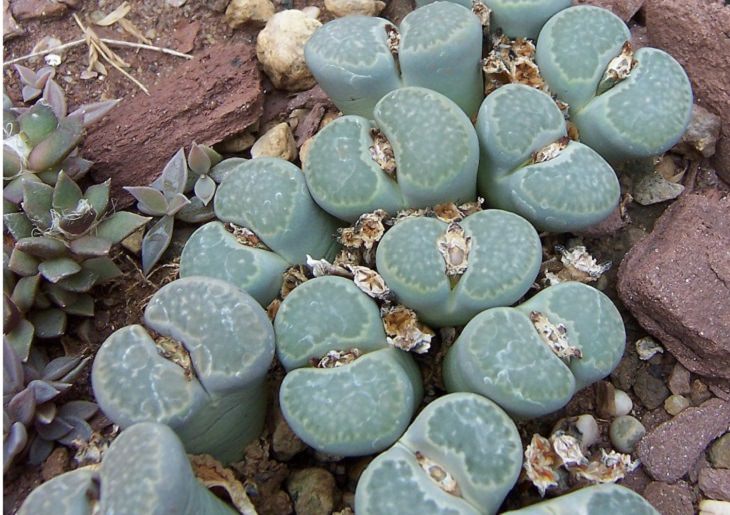
This southern African plant is colloquially called a pebble plant or living stone because it pretends to be a rock to avoid being eaten. Some species also produce small flowers. Lithops have evolved not only to mimic the appearance of stones to avoid predation but also to conserve water. Their structure allows them to store significant amounts of water, enabling them to survive in arid environments.
